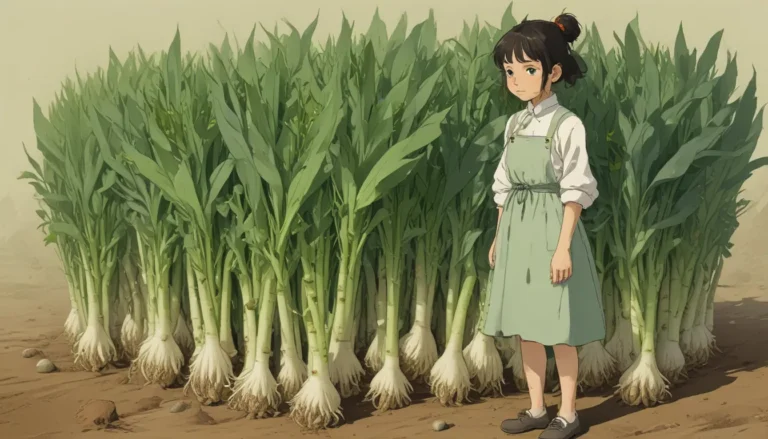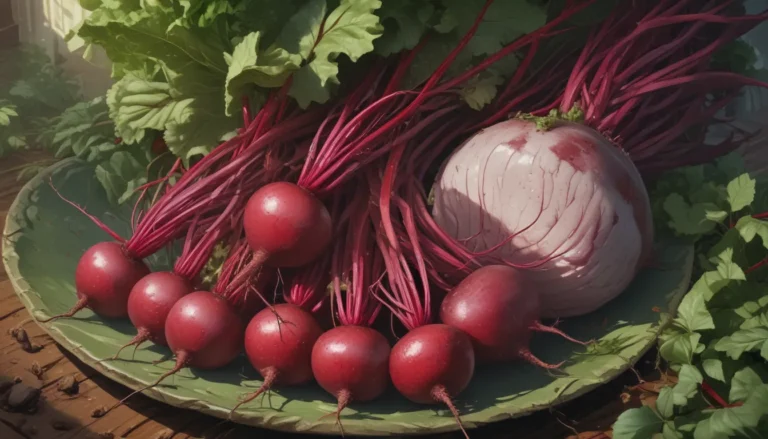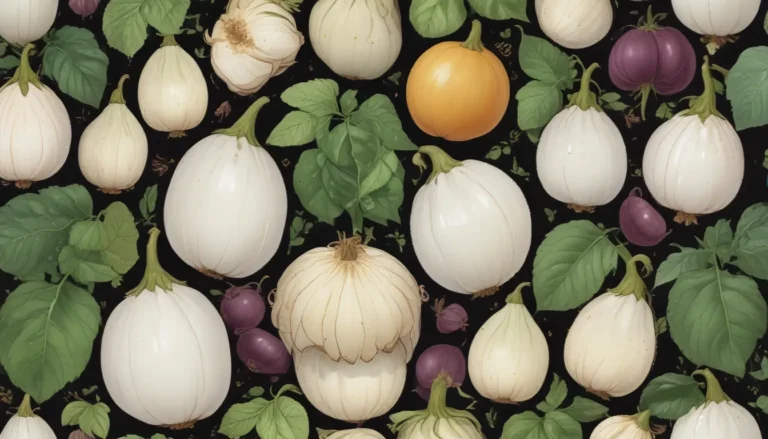The Versatile Uses of Calendula (Pot Marigold) Flowers

Are you interested in harnessing the power of herbs for healing remedies? Cultivating medicinal plants is not only empowering but ensures the freshness and quality of the plants you use in your kitchen and apothecary. Calendula, also known as pot marigold, has been a staple in both herbal medicine and culinary applications for centuries. This cheerful aromatic herb is easy to grow and offers bountiful flower harvests throughout the growing season.
In this comprehensive guide, we will explore the various uses of calendula flowers, from medicinal applications to culinary creations. Learn how to harvest and preserve calendula, as well as how to incorporate this versatile herb into your daily life. Let’s dive into the world of calendula and discover its myriad benefits!
What You’ll Discover
- What Are Calendula Flowers?
- Medicinal Uses
- Harvesting and Preserving
- Suggested Uses and Remedies
What Are Calendula Flowers?
Calendula is an annual flowering herb in the Asteraceae family, native to southwestern Asia, western Europe, Macaronesia, and the Mediterranean. While commonly referred to as pot marigold, it is not a true marigold. The plant produces charming orange, yellow, and peach-colored flowers that are rich in medicinal properties.
The entire flower head is used in herbalism, with the sticky bases of the flowers, known as involucres, containing medicinal oils. The petals, called ray florets, are used in culinary dishes for their vibrant color and unique flavor.
Medicinal Uses
Calendula is renowned for its internal and external healing benefits, making it a valuable addition to any herbalist’s garden. The plant exhibits anti-inflammatory, antispasmodic, and antifungal properties, making it ideal for treating a variety of conditions.
When applied externally, calendula can promote wound healing, soothe inflammation, and rejuvenate skin damaged by burns, abrasions, or insect bites. Internally, calendula supports the lymphatic system, aids in digestive health, and can alleviate menstrual discomfort.
Harvesting and Preserving
To ensure a continuous harvest of calendula flowers, it is essential to pick them every other day and deadhead any fading blooms. Harvest flowers at midday when the resinous oils are most potent, and dry them in a well-ventilated area to preserve their medicinal properties.
Properly dried calendula flowers should be stored in a cool, dark place to maintain their color and potency. Consider using drying racks or dehydrators to expedite the drying process and ensure optimal quality.
Suggested Uses and Remedies
Calendula offers a myriad of uses, from edible flowers to herbal infusions and salves. Incorporate calendula petals into culinary dishes for a pop of color and flavor, or brew a healing herbal infusion for digestive support.
Herbal washes made with calendula can help clean and heal wounds, while infused oils can be used in body care products and facial treatments. Explore the world of calendula by creating tinctures or elixirs that harness the plant’s medicinal properties for various health benefits.
Get Creative with Calendula
As you delve into the world of calendula, let your creativity guide you in exploring the plant’s diverse uses. Whether you incorporate calendula into your cooking or skincare routine, this beloved herb is sure to become a staple in your herbal arsenal.
Share your experiences and creations with us in the comments below. We’d love to hear how you’re using calendula in your life and inspire others to explore the benefits of this versatile herb.
For more information on how to grow, care for, and protect calendula plants, check out our additional articles on this topic.
Embrace the healing power of calendula flowers by incorporating them into your daily routine. From culinary delights to medicinal remedies, this versatile herb offers a wealth of benefits for your health and well-being. Get started on your calendula journey today and reap the rewards of this cherished plant!





